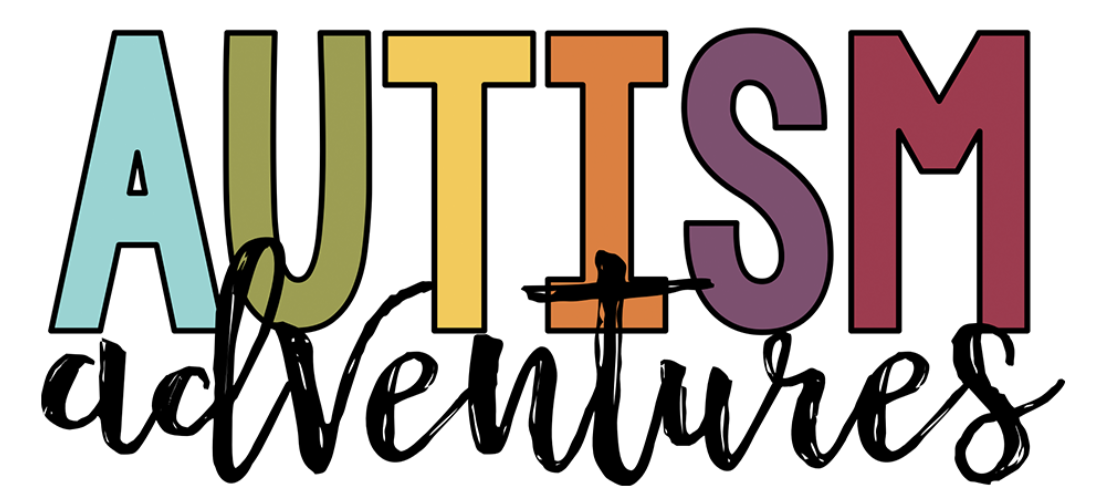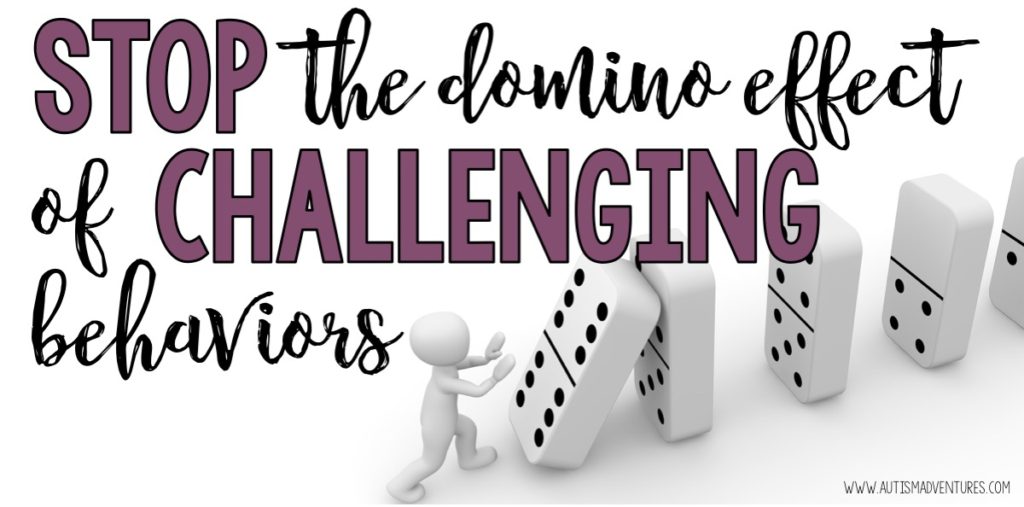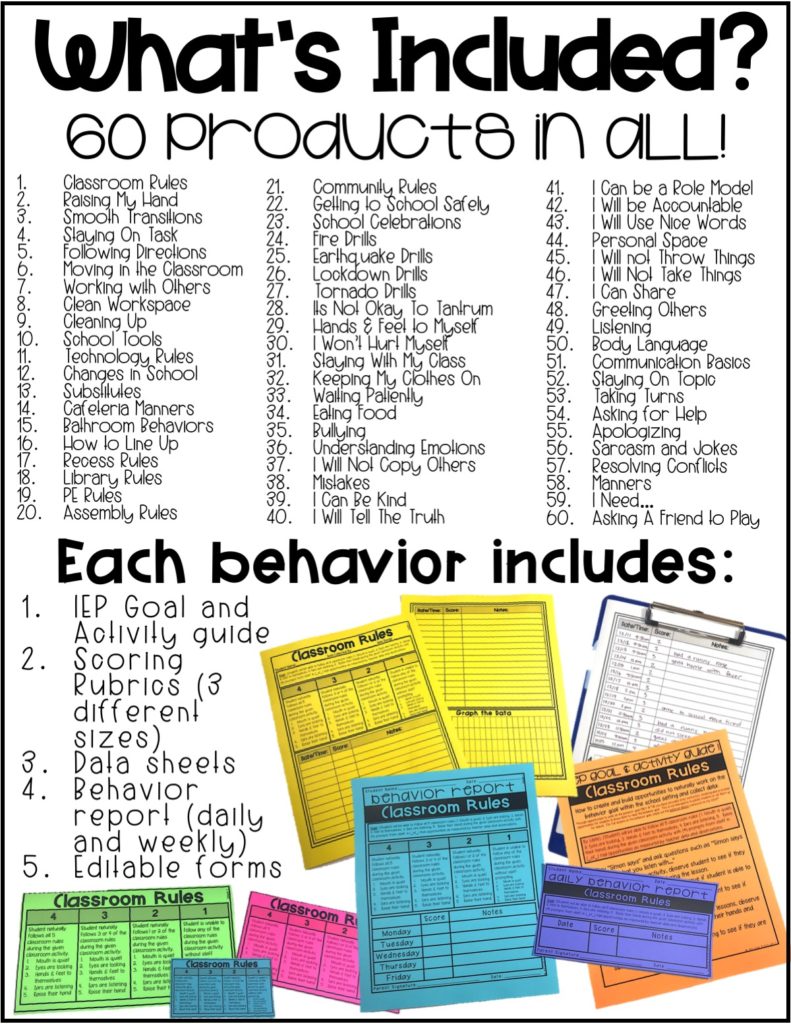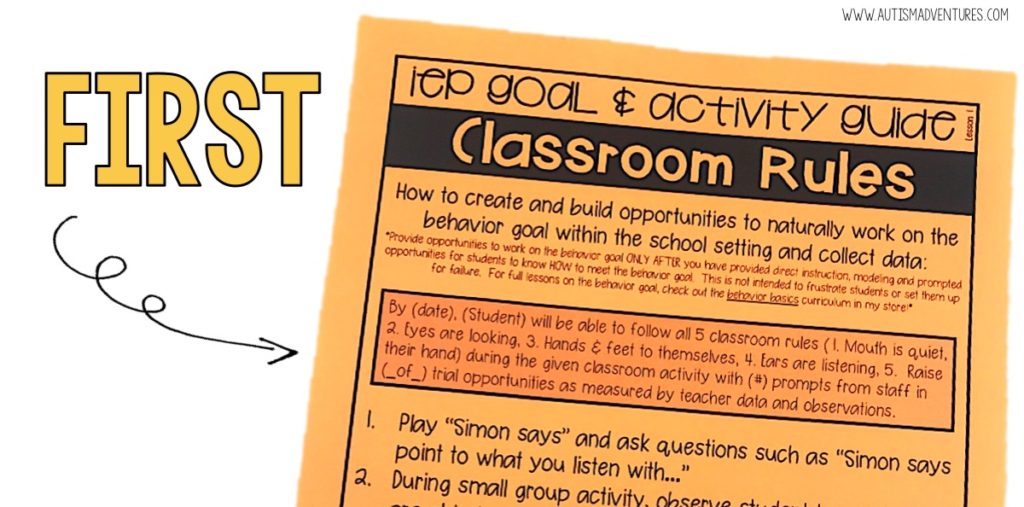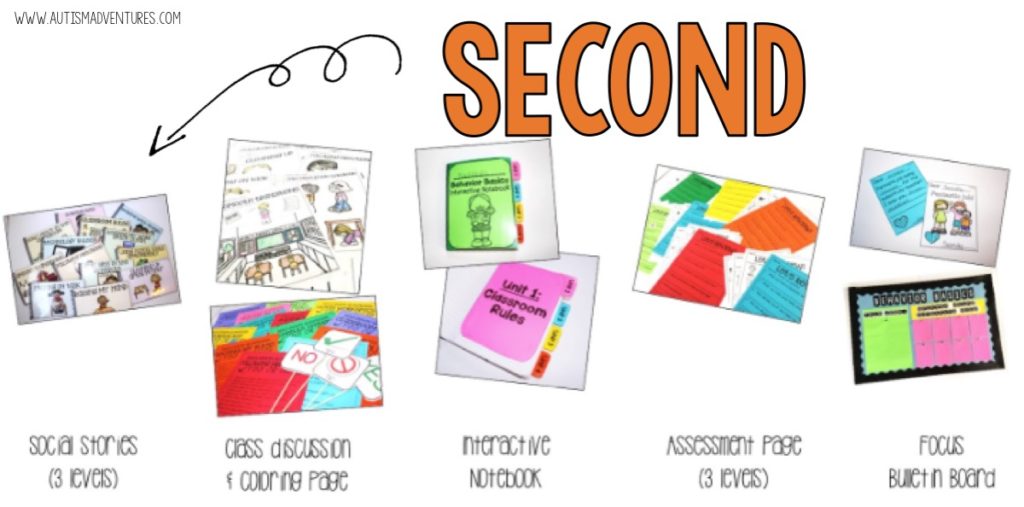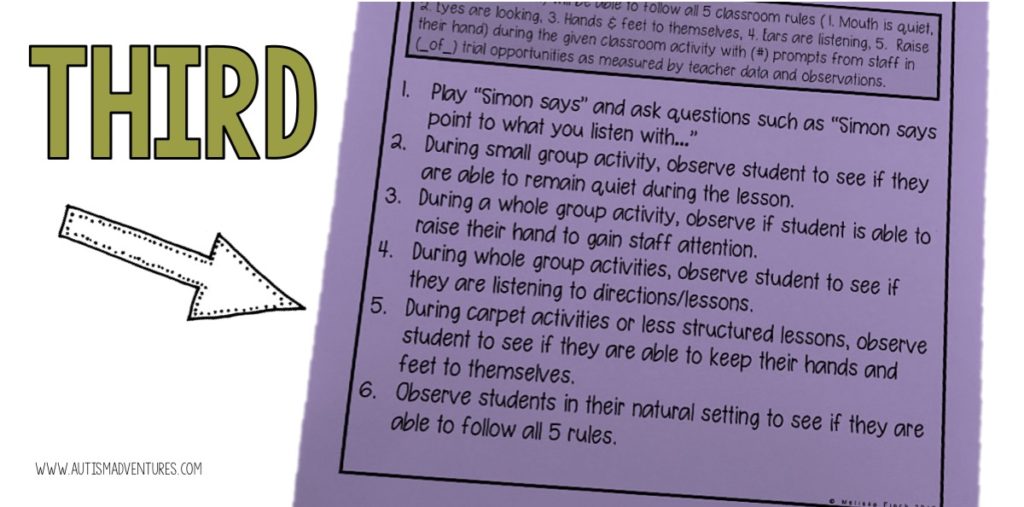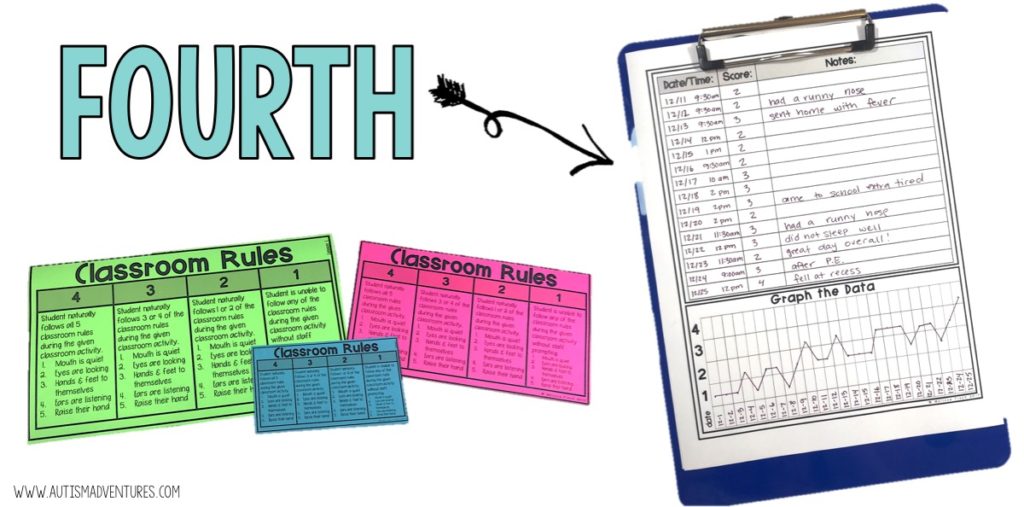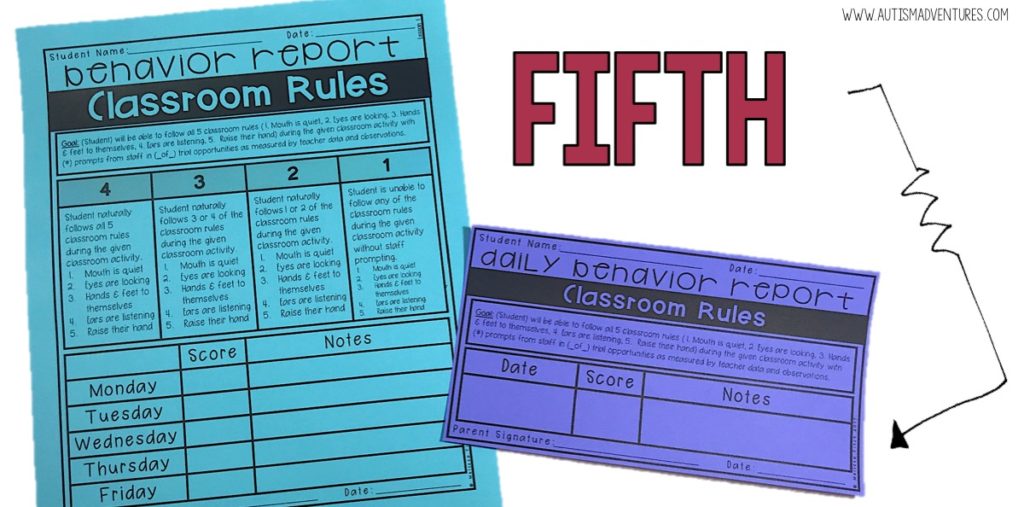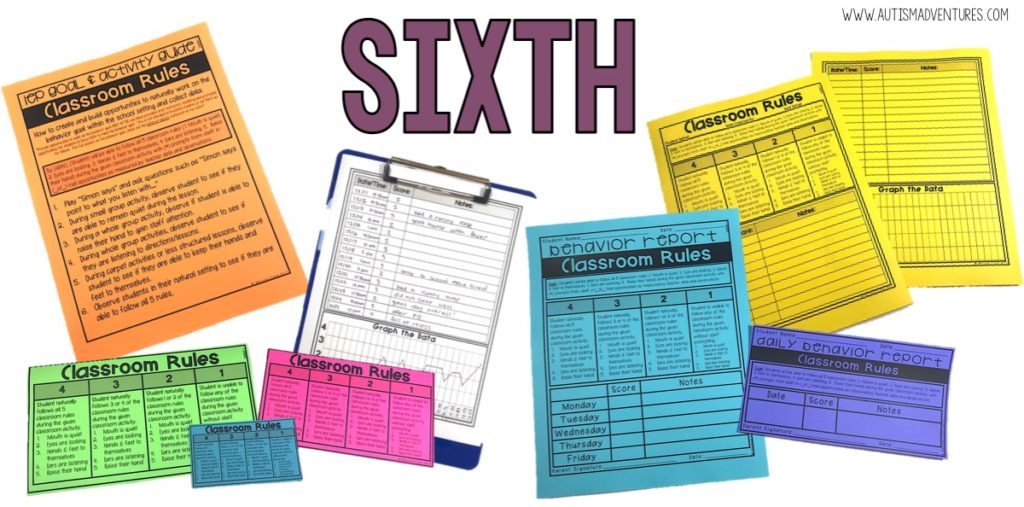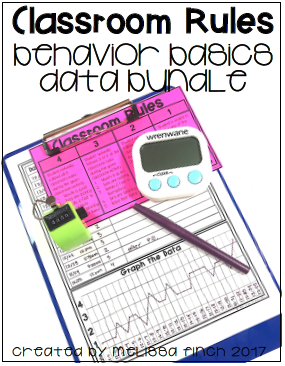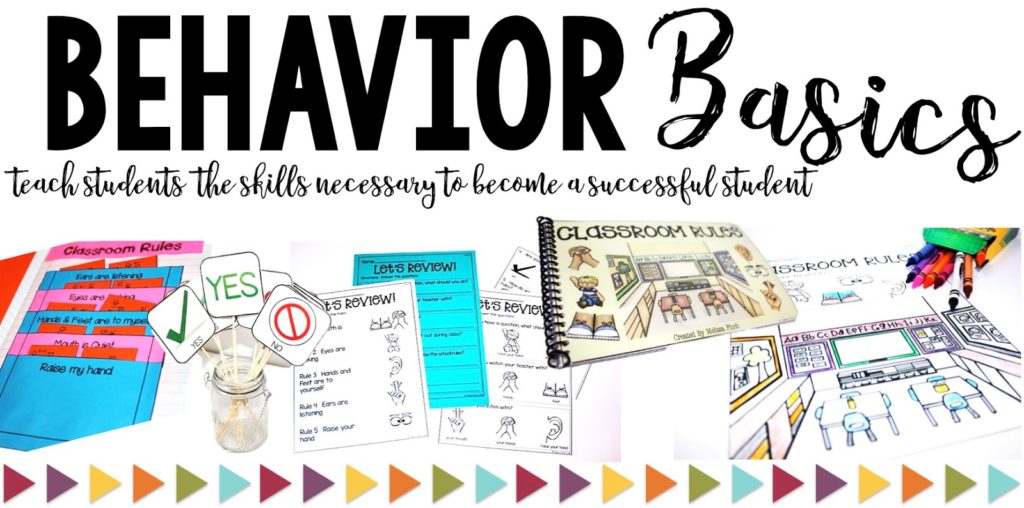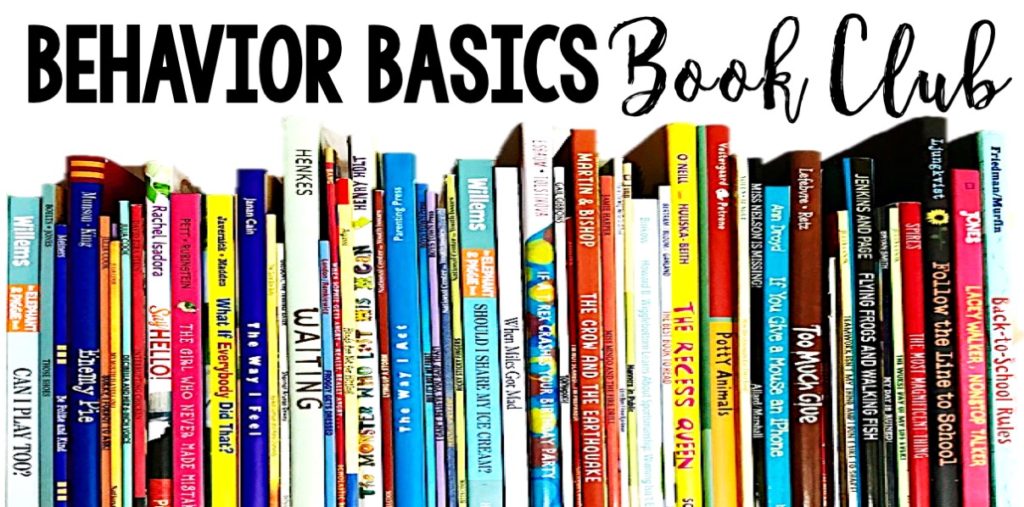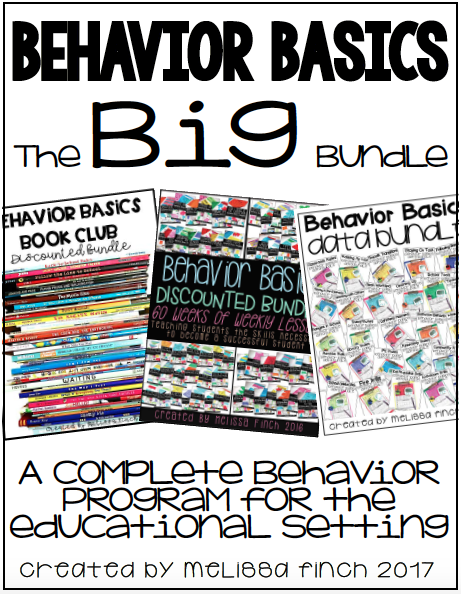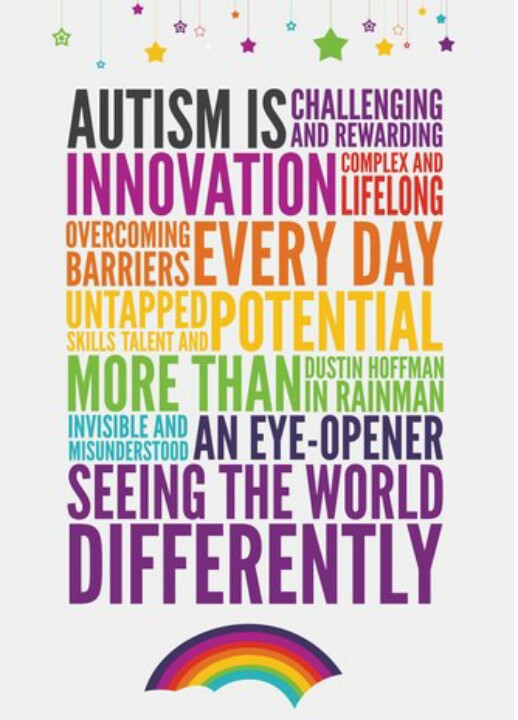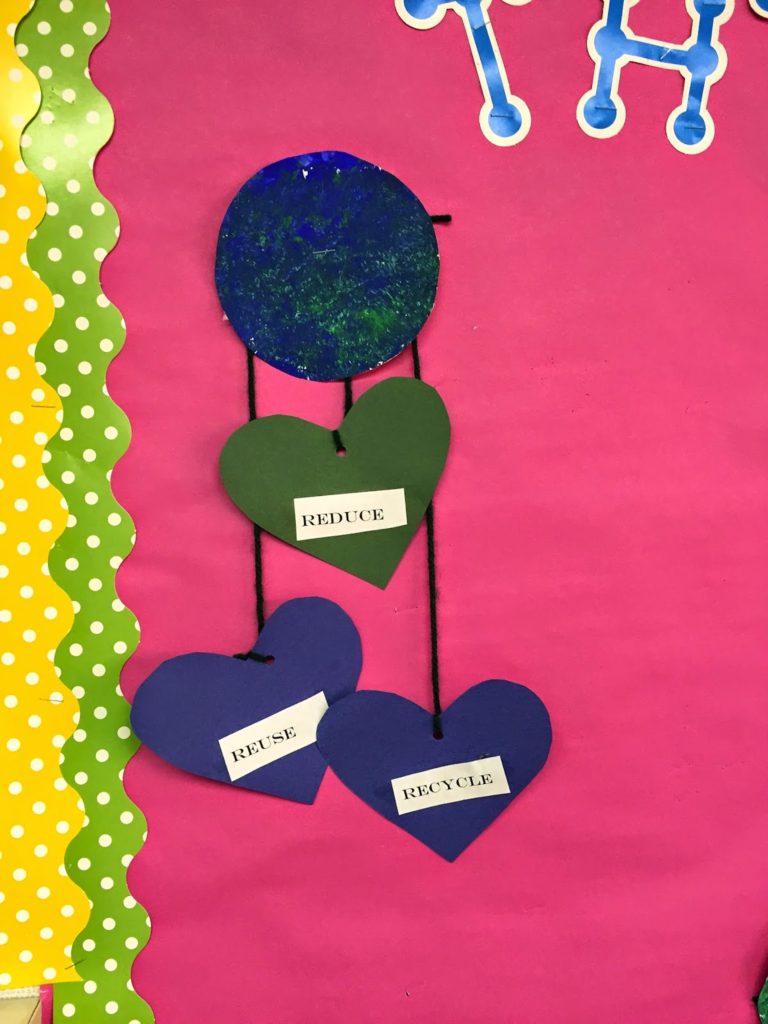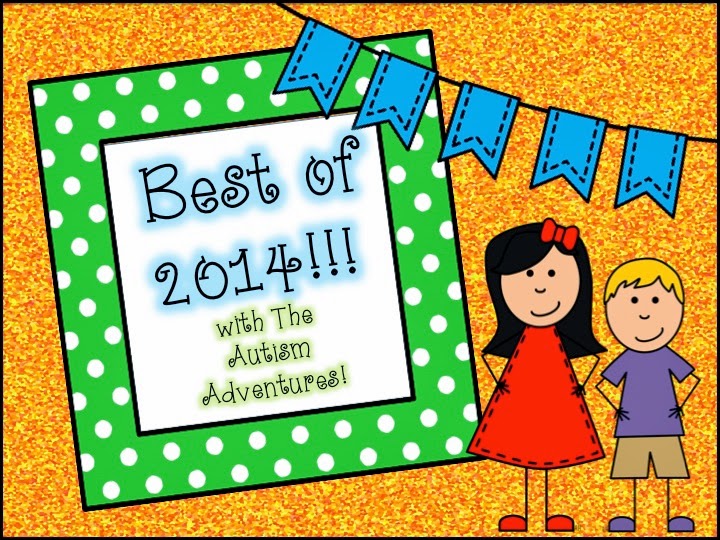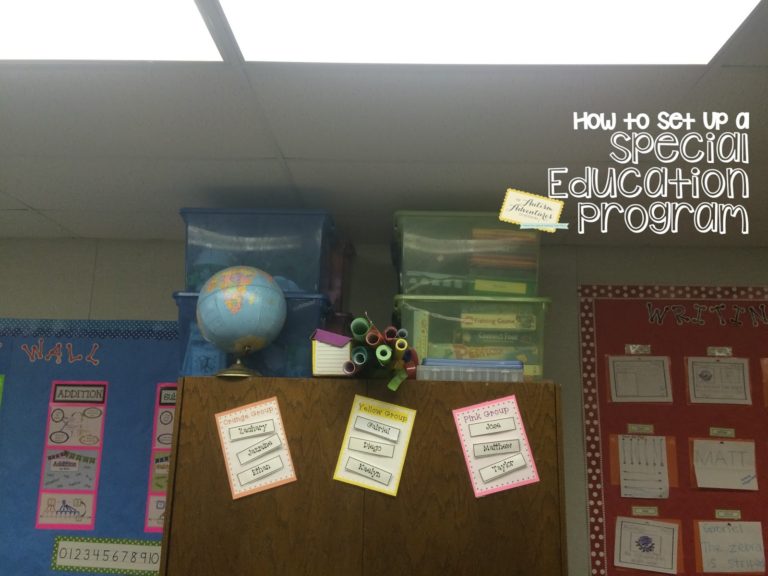Behavior Basics Data Collection Bundle
If you have been following me for awhile, you know I have a strong passion for teaching the basics of behavior in the classroom. I truly believe that we, as educators, are expected to teach students how to become independent, self sufficient and successful students. Knowing how to act, behave and treat others is not an instinctual behavior. It is something that must be taught and reinforced as students grow. In the special education setting, the basics of behavior are often forgotten which can then cause a domino affect of creating challenging behaviors and creating struggling students.
How can you make sure you are doing everything possible as an educator to teach the basics of behavior? Well, like anything, take DATA! It’s easy to assume that you “know” what to teach. However, do you really know if this is making a difference over time? I know that I have so often times been SO FAR OFF on my guessing of what triggers or behaviors may be.
I have created the behavior basics data bundle to help you create goals, track goals, collect data and communicate with parents and educators on the progress or lack of progress in these behavior areas.
IEP’s can be stressful. IEP’s can often times be even more stressful when you have a student with challenging behaviors and the team is turning to YOU for help. This can be a heavy burden for educators and often times we can be left to feel like it “all falls on us.” After some of these stressful IEP meetings, I wanted something concrete I could use and bring to these meetings to back up my gut and instincts. (Because we all know, some parents don’t just care about “gut feelings.”) So, let me show you how I teach and collect data on behavior in my classroom!
Create an IEP goal for the child. This is provided for you in my behavior basics data bundle. I have 60 behavior IEP goals created on some of the most common behaviors we see in the classrooms. The can also be tweaked to meet you students needs!
Teach the behavior. We cannot expect students to just “learn” behaviors on their own. We can create all the IEP goals in the world, but without proper instruction we cannot expect them to make progress. This is where I use my behavior basics curriculum to explicitly teach each behavior. I have several activities included for each behavior that can be used on an individual basis, small group activities or whole group lessons. Materials can also be sent home for reinforcement for homework! To read more about my behavior basics curriculum, click HERE!
Provide opportunities for the student to demonstrate their knowledge of the behavior. Just because a student can articulate or verbalize the rules or expectations does not mean that they are able to follow them on their own. In order for students to be successful with the behavior, they need a lot of support, modeling, practice and support when generalizing the behavior into the “real world.” In my behavior basics data bundle I have included an activity guide for each IEP goal to help you learn how to observe these behaviors as well as how to set up “natural scenarios” for the students to practice the behavior in a safe manner.
Collect data! It’s simple. Data speaks to all members of the IEP team. Data will support you findings, your gut instincts and your experience with the student in the classroom. But, collecting data on behavior can be SO hard and also so subjective. I have created a scoring rubric for each IEP goal in my behavior basics data bundle. The scoring rubric has a score of 1-4 indicating the students performance towards meeting their behavior IEP goal. The scoring rubric CLEARLY states what justifies each score. This communicates clearly with the IEP team so that everyone is on the same page. Also in the behavior basics data bundle I have included data sheets for easy documentation. Each page has the goal, scoring rubric, 25 data entry spots (with room for daily notes) as well as a graph to plot data for a quick view of the progress. TAKE DATA. It will support you and your staff in the classroom. Data can help you document so that you are able to get the support you may need to best meet the needs of your students and classroom.
COMMUNICATE your findings! You can take all the data in the world, but if you are not sharing your findings are you really helping the student? I have created behavior reports in a daily or weekly format to communicate with families. You can also use these forms to share with IEP team members or administration if needed! I would personally recommend making copies of these documents and filing away in the student file before sending out to families!
Repeat and revise as needed. Are students making progress? Is the instruction sufficient? Was the behavior goal appropriate? Have you seen a difference in the classroom? Continue on with data or revise as needed! Continue instructing students, collecting data and providing opportunities for practice until the behavior goal has been mastered!
Want to try a bundle for FREE?! Check out my classroom rules behavior basics data bundle for free! Each behavior follows the same format so that you can get an idea of how each behavior is set up for easy documentation!
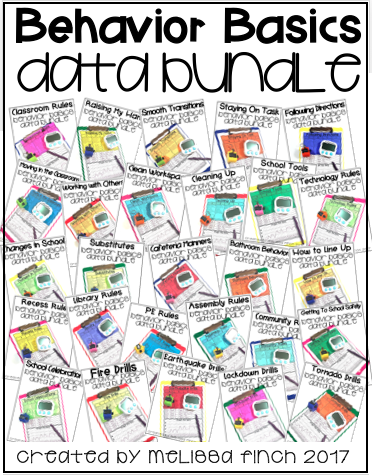
Looking for instruction materials on each behavior? Check out my behavior basics curriculum. This curriculum provides weekly lessons for each behavior as well as hands on materials for students!
Looking for a deal? Grab all of my behavior basics materials (and any future that I may create) in my BEHAVIOR BASICS BIG BUNDLE. All of the materials listed in this blog are included in this bundle at a hugely discounted price!
